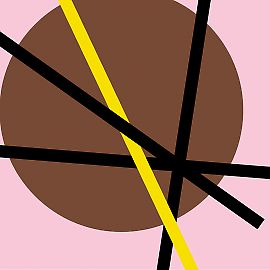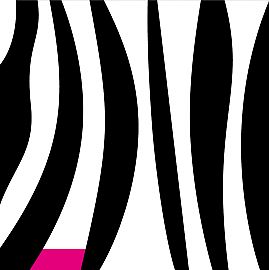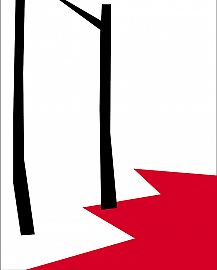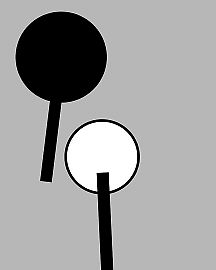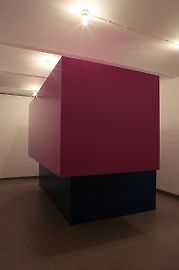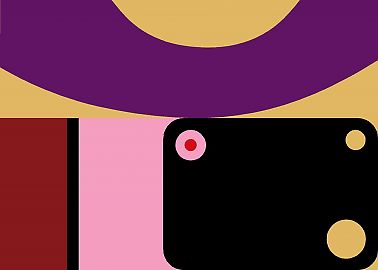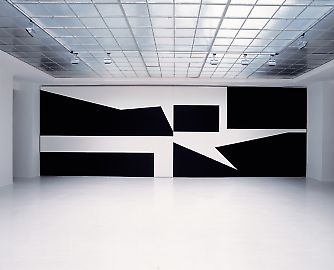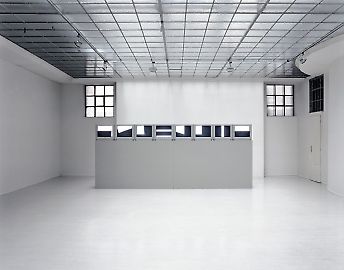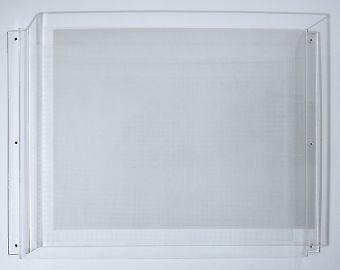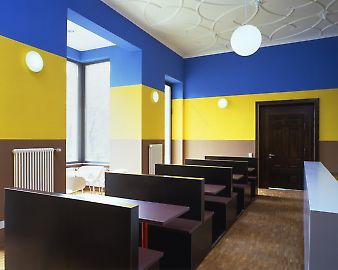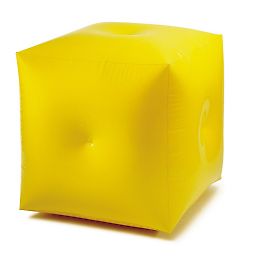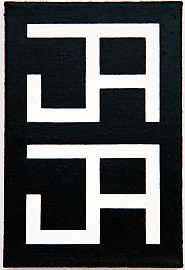Gerwald Rockenschaub
2002, podest, 8 animations, 8 TV monitors, 8 DVD players, 8 DVDs, 135 x 438 x 48,6 cm (podest), H: 44,6 cm (monitor)
2002, acrylicglass (transparent/colourless) 10 mm, 6 industrial screws, 6 industrial washers , 110 x 156 x 8 cm
Café Leipzig, 2000, Row of benches and tables, 620 x 150 x 102 cm, Bar ,160 x 70 x 102 cm; installation and painting instructions
Gerwald Rockenschaub is one of Austria’s most renowned fine artists and a successful techno artist and DJ. His music is part of his cultural background which has led to a complex sculptural oeuvre, from the geometrically constructed oil paintings of the early 1980s, which can classified as part of the Neo-Geo movement, through Plexiglas planes and huge inflatable PVC objects, to his more recent computer generated animations. Gerwald Rockenschaub’s work is shaped by analytic thought and the principle of reduction to a few central elements and structures. His spatial installations in the Austrian Pavilion at the Venice Biennial in 1993 or MUMOK Vienna in 2005 can on the one hand be understood as minimalistic objects, while at the same time referring to the exhibiting conditions of contemporary art in the so-called white cube. He intervenes directly in the architecture of various exhibition spaces to expose or reverse the relationship between beholder, artwork, and the space, so that the exhibition visitors themselves become an aesthetic component of the installation.
In 1993, Rockenschaub worked with Andrea Fraser and Christian Philipp Müller in designing the exhibition at the Austrian Pavilion for the Venice Biennale. In 2007 he was featured at Documenta 12 with several works. In 2008, he designed the first external façade for Temporäre Kunsthalle Berlin and presented three large installations at Kunsthalle Bern.


